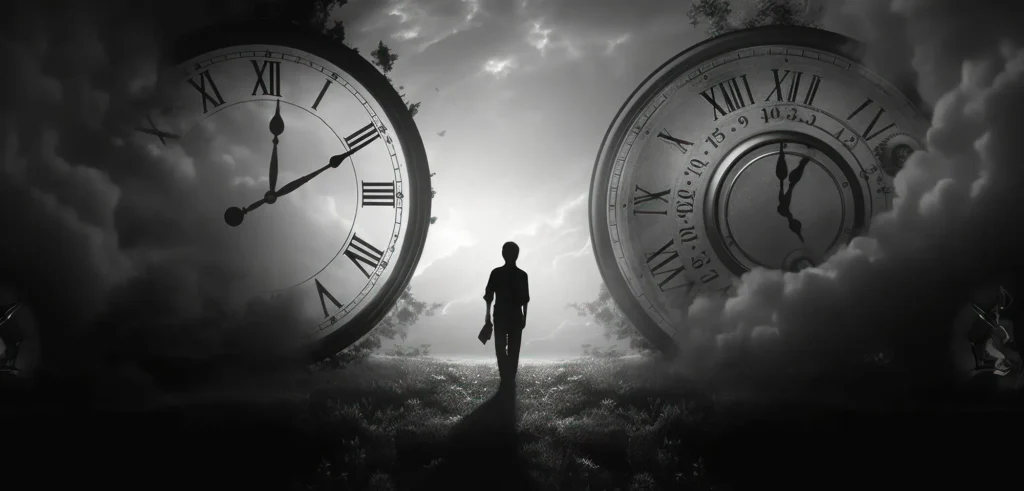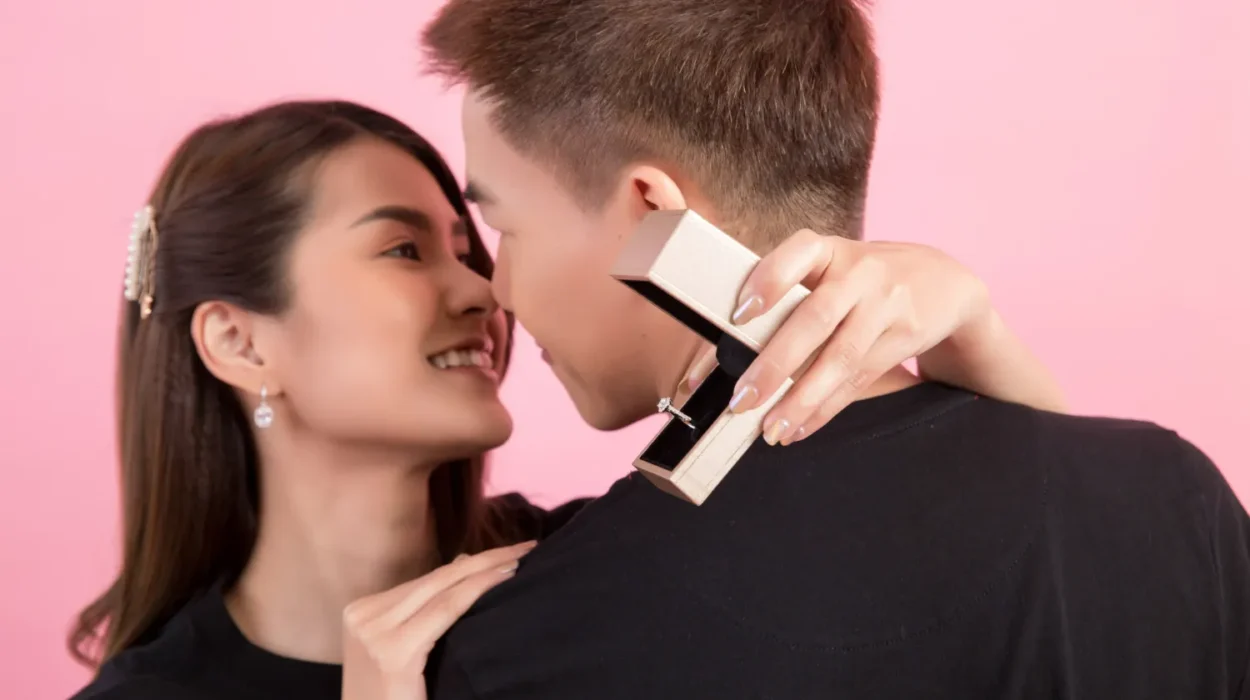Past Tense | Past tense and Its Forms | Past tense Examples, Formula
Verbs are categorized into three tenses: Past, Present, and Future. Generally, the Past tense is employed to depict events that have already occurred. These verbs indicate actions or states that have either concluded or are ongoing at present, despite commencing in the past.
How to recognise Past Tense sentences
Common terms frequently used for past tense sentences encompass phrases like “earlier this morning,” “a week ago,” “yesterday,” and “in the distant past.”
Categories of Past Tense There are four primary categories of Past Tense, exemplified as follows:
Simple Past Example: She baked a cake yesterday.
Past Continuous Example: They were watching TV when I arrived.
Past Perfect Example: He had already finished his homework when his friends came over.
Past Perfect Continuous Example: By the time the concert started, they had been waiting in line for two hours.
Simple Past Tense
The Simple Past Tense is created by adding “-ed” or “-d” to the base form of the verb, and sometimes “-t” in specific instances. For instance, “walk” becomes “walked” and “play” becomes “played” when expressed in the past tense.
The Simple Past Tense is utilized to describe actions or states that began and concluded in the past.
Examples:
- She danced at the party last night.
- He cooked dinner for his family yesterday.
- They studied hard for their exams last month.
Past Continuous Tense
The Past Continuous Tense is constructed by combining the past tense of the auxiliary verb “to be” (was/were) with the present participle form of the main verb, followed by the suffix “-ing.”
We employ the Past Continuous Tense in the following scenarios:
To indicate an interruption in a past event:
- Example: She was studying when the power went out.
- Example: They were having dinner when the phone rang.
To depict two simultaneous actions occurring:
- Example: While Sarah was reading, John was listening to music.
- Example: The chef was cooking while the waiter was setting the table.
To describe an event that was ongoing:
- Example: At midnight, I was driving home from work.
- Example: They were walking in the park when it started to rain.
Past Perfect Tense
We form the Past Perfect Tense by adding the word “had” followed by the past participle form of regular verbs.
The Past Perfect is utilized in various situations, such as:
When a past action occurred before another one:
- Example: She told me that her brother had failed his examination. (Note: In this case, two actions occurred in the past, but the first action, “failed,” happened before “told.” That’s why “had” is used with “failed.”)
- Example: I had finished my homework by the time my friends came to play.
When reporting information:
- Example: He told me that Harry had broken the vase.
- Example: The journalist said that the flood had started before evening.
In statements with conditions:
- Example: If I had bought a raincoat, I wouldn’t have gotten wet.
- Example: If I had bought a bike, I wouldn’t have been late.
Past Perfect Continuous
The Past Perfect Continuous Tense is formed by using the phrase “had been” followed by the present participle form of the verb ending with “-ing”. It denotes actions that commenced in the past, continued for some time, and then concluded in the past itself.
- She had been practicing the piano for hours before the recital.
- They had been waiting in line for tickets for the concert before it got sold out.
- The workers had been repairing the road for weeks before it was reopened to traffic.



